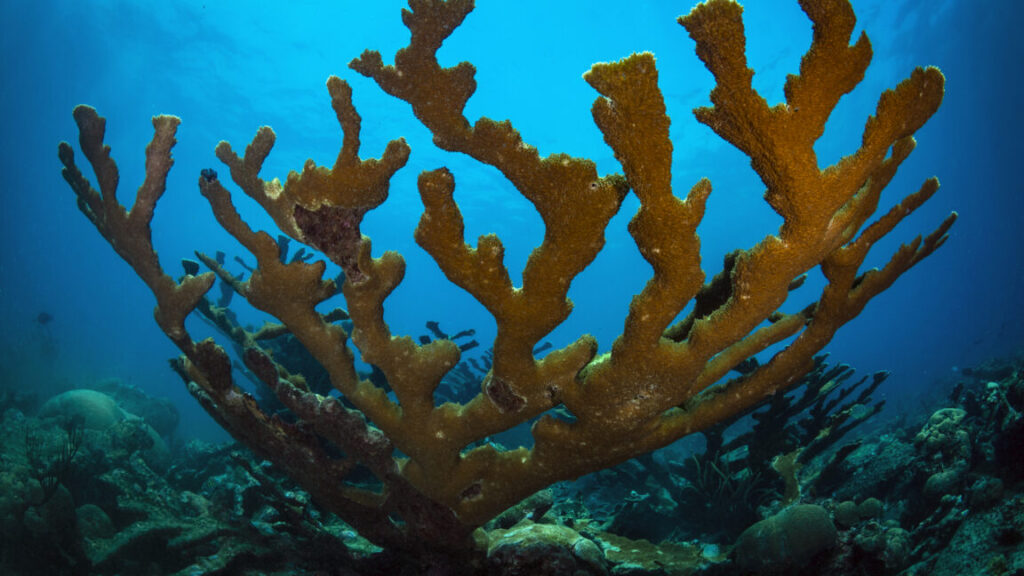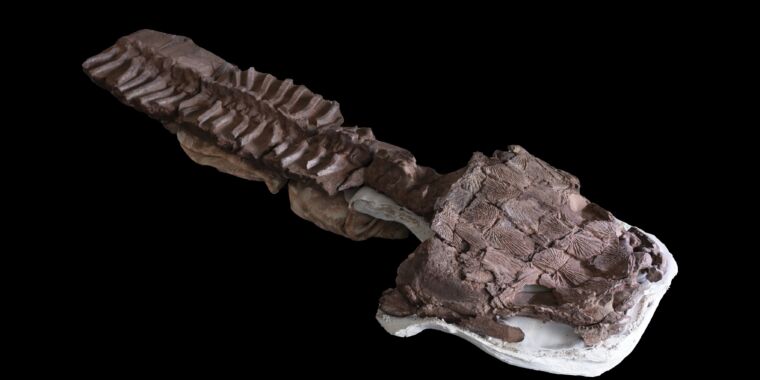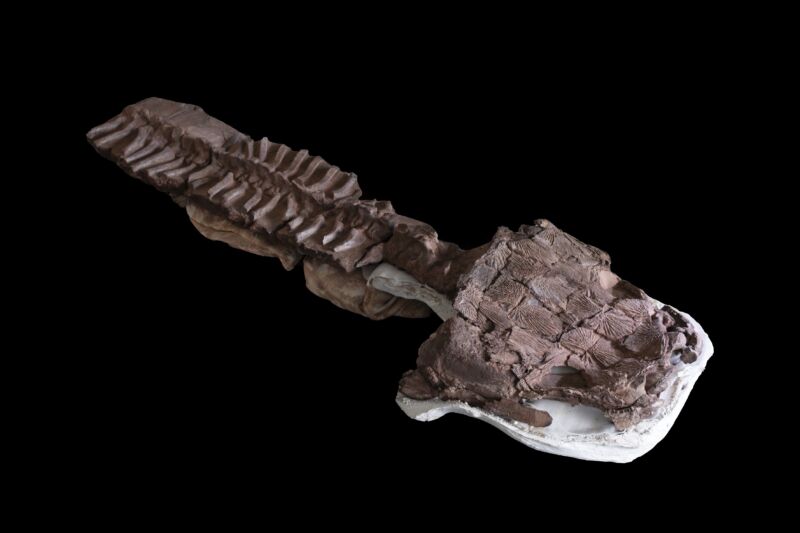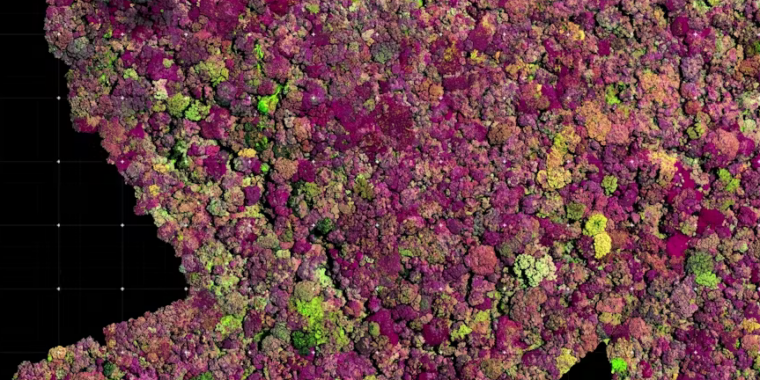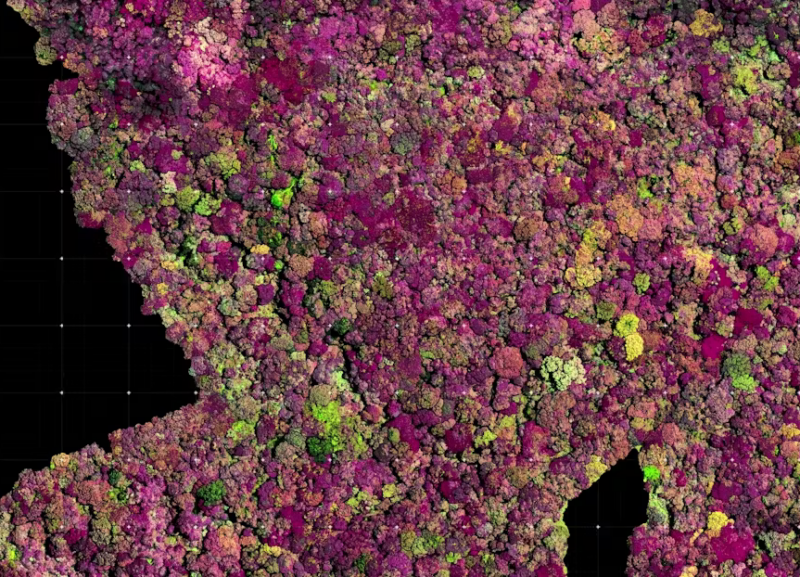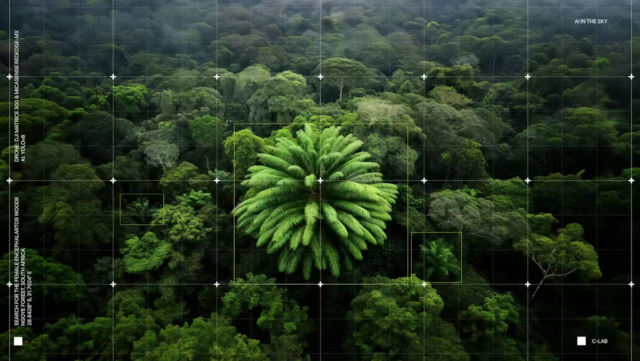Corals survived past climate changes by retreating to the deeps
A recent die-off in Florida puts the spotlight on corals’ survival strategies.
Scientists have found that the 2023 marine heat wave caused “functional extinction” of two Acropora reef-building coral species living in the Florida Reef, which stretches from the Dry Tortugas National Park to Miami.
“At this point, we do not think there’s much of a chance for natural recovery—their numbers are so low that successful reproduction is incredibly unlikely,” said Ross Cunning, a coral biologist at the John G. Shedd Aquarium.
This isn’t the first time corals have faced the borderline of extinction over the last 460 million years, and they have always managed to bounce back and recolonize habitats lost during severe climate changes. The problem is that we won’t live long enough to see them doing that again.
Killer heat waves
Marine heat waves kill corals by messing with the photosynthetic machinery of symbiotic microalgae that live in the corals’ tissues. When the temperature of water goes up too much, the microalgae start producing reactive oxygen species instead of nutritious sugars. The reactive oxygen is toxic to corals, which respond by expelling the microalgae. This solves the toxicity problem, but it also starves the corals and causes them to bleach (the algae are the source of their yellowish color).
The 2023 marine heat wave was not the first to hit the Florida Reef—it was the ninth on record. “Those eight previous heat waves also had major negative effects on coral reefs, causing widespread mortality,” Cunning told Ars. “But the 2023 heat wave blew all other heat waves out of the water. It was 2.2 to four times greater in magnitude than anything that came before it.”
Cunning’s team monitored two Acropora coral species: the staghorn and elkhorn. “They are both branching corals,” Cunning explained. “The staghorn has pointy branches that form dense thickets, whereas elkhorn produces arm-like branches that reach up and grow toward the surface, producing highly complex three dimensionality, like a canopy in the forest.”
He and his colleagues chose those two species because they essentially built the Florida Reef. They also grow the fastest among all Florida Reef corals, which means they are essential for its ability to recover from damage. “Acropora corals were the primary reef builders for the last ten thousand years,” Cunning said. Unfortunately, they also showed the highest levels of mortality due to heat waves.
Coral apocalypse
Cunning’s team found the mortality rate among Acropora corals reached 100 percent in the Dry Tortugas National Park, which is at the southernmost end of the Florida Reef. Moving north to Lower Keys, Middle Keys, and most of the Upper Keys, the mortality stayed at between 98 and 100 percent.
“Once you start moving a little bit further north, there’s the Biscayne National Park, where mortality rates were at 90 percent,” Cunning said. “It wasn’t until the furthest northern extent of the reef in Miami and Broward counties where mortality dropped to just 38 percent thanks to cooler temperatures that occurred there.”
Still, the mortality rate was exceptionally high throughout most of Acropora colonies across the Florida Reef. “What we’re facing is a functional extinction,” Cunning said.
But corals have been around for about 460 million years, and they have survived multiple mass extinction events, including the one that wiped out the dinosaurs. As vulnerable as they appear, corals seemingly have some get-out-of-death card they always pull when things turn really bad for them. This card, most likely, is buried deep in their genome.
Ancestral strength
“There have been studies looking into the evolutionary history of corals, but the difference between those and our work lies in technology,” said Claudia Francesca Vaga, a marine biologist at the Smithsonian Institution.
Her team looked at ultra conserved elements, stretches of DNA that are nearly identical across even distantly related species. These elements were used to build the most extensive phylogenetic tree of corals to date. Based on the genomic data and fossil evidence, Vaga’s team analyzed how 274 stony coral species are related to one another to retrace their common ancestor and reconstruct how they evolved from it.
“We managed to confirm that the first common ancestor of stony corals was most likely solitary—it didn’t live in colonies, and it didn’t have symbionts,” Vaga said.
The very first coral most likely did not rely on algae to produce its nutrients, which means it was immune to bleaching. It was also not attached to a substrate, so it could move from one habitat to another. Another advantage the first corals had was that they were not particularly picky—they could live just as well in the shallow waters as in the deep sea, since they didn’t get most of their nutrients from their photosynthetic symbionts.
Descending from these incredibly resilient ancestors, corals started to specialize. “We learned that symbiosis and coloniality can be acquired independently by stony coral linages and that it happened multiple times,” Vaga said.
Based on her team’s research, past mass extinction events usually wiped out 90 percent of the species living in shallow waters—the ones that were colonial and reliant on symbionts. “But each such extinction triggered a process of retaking the shallows by the more resilient deep-sea corals, which in time evolved symbiosis and coloniality again,” Vaga said.
Thanks to corals’ deep-sea cousins, even the most extreme environmental changes—global warming or sudden, severe variations in the oceans’ acidity or oxygen levels—could not kill them for good. Each mass extinction event they’ve been through just reverted them to factory settings and made them start over from scratch.
The only catch here is time. “We’re talking about four to five million years before coral populations recover,” Vaga said.
Long way back
According to Cunning, the consequence of Acropora corals’ extinction in the Florida Reef is a lower overall reef-building rate, which will lead to reduced biodiversity in the reef’s ecosystem. “There are going to be cascading effects, and humans will be impacted as well. Reefs protect our coastlines by buffering over 90 percent of wave energy,” Cunning said.
In Florida, where coastlines are heavily urbanized, this may translate into hundreds of millions of dollars per year in damages.
But Cunning said we still have means at our disposal to save Acropora corals. “We’re not going to give up on them,” he said.
One option for improving the resilience of corals could be to crossbreed them with species from outside of Florida Reef, ideally ones that live in warmer places and are better adapted to heat. “The first tests of this approach are underway right now in Florida; elkhorn corals were cross bred between Florida parents and Honduran parents,” Cunning said. He hopes this will help produce a new generation of corals that has a better shot at surviving the next heat wave.
Other interventions include manipulating corals’ algal symbionts. “There are many different species of algae with different levels of heat tolerance,” Cunning said. To him, a possible way forward would be to pair the Acropora corals with more heat-tolerant symbionts. “This should alter the bleaching threshold in these corals,” he explained.
Still, even interventions like these will take a very long time to make a difference. “But if four or five million years is the benchmark to beat, then yeah, it’s hopefully going to happen faster than that,” Cunning said.
The upside is that corals will likely pull off their de-extinction trick once again, even if we do absolutely nothing to help them. “In a few million years, they will redevelop coloniality, redevelop symbiosis, and rebuild something similar to the coral reefs we have today,” Vaga said. “This is good news for them. Not necessarily for us.”
Science, 2025. DOI: 10.1126/science.adx7825
Nature, 2025. DOI: 10.1038/s41586-025-09615-6
Corals survived past climate changes by retreating to the deeps Read More »
